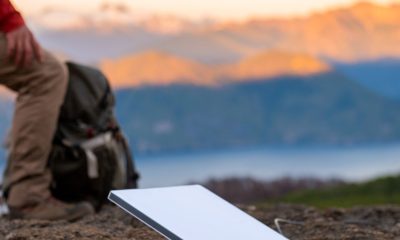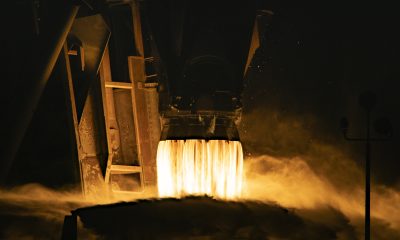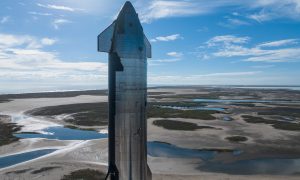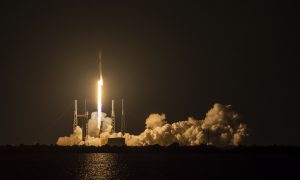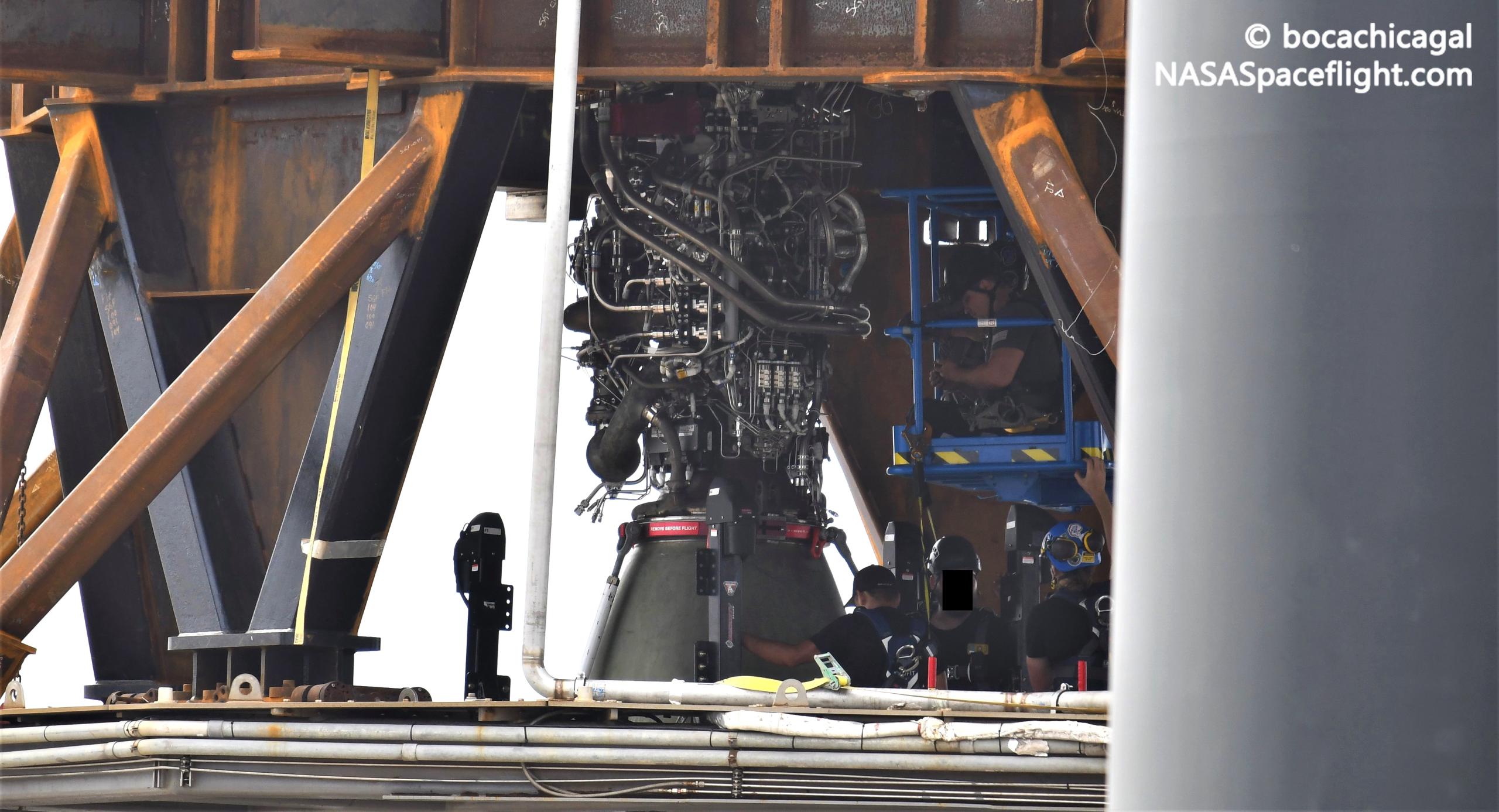

News
SpaceX begins installing Raptor engines on first Super Heavy booster
SpaceX has installed a Raptor engine on a Super Heavy booster prototype for the first time, defying expectations and setting the rocket up for two major tests as early as this week.
On Thursday, July 8th, SpaceX briefly filled Super Heavy Booster 3’s (B3) propellant tanks with benign nitrogen gas. The vehicle seemingly came to life for the first time that morning when it was spotted using its tank vents – a generally incontrovertible sign that the complex mechanical system that is a rocket is functional. Later that day, the public highway and beach adjacent to SpaceX’s launch site were briefly closed for what was expected to be an ambient pressure and/or cryogenic proof test.
Booster 3 never got to the cryogenic proof test – easily confirmed thanks to the frost that forms on most rockets’ exteriors as main tanks are filled with extremely cold liquid nitrogen. No such frost formed, no major venting occurred, and the road was only closed for the first two hours of a six-hour test window.
According to Next Spaceflight’s Michael Baylor, SpaceX did complete a “brief ambient proof” during that relatively short closure, though very little activity was visible during the test. Friday’s 14-hour test window was canceled the next morning, leaving SpaceX the rest of the weekend to prepare the first functional Super Heavy booster for its first truly challenging test – cryo proof.
Instead, late on Saturday, July 10th, SpaceX rolled Raptor 57 (R57) from build site to launch pad and began installing the engine on Booster 3 just a few hours later. Prior to Raptor 57’s installation, most prominent (albeit unofficial) voices in the SpaceX fan community anticipated no more than cryogenic proof testing for Booster 3 – no static fires, in other words.
However, it was fairly apparent that Super Heavy Booster 3 and the modified suborbital launch mount it was installed on were both outfitted for testing more complex than a cryo proof alone. Notably, B3 rolled to the pad with multiple labeled methane pressure vessels (COPVs), extensive plumbing, and autogenous pressurization control panels installed – all of which continued to be actively worked on after the booster was installed at the launch site.
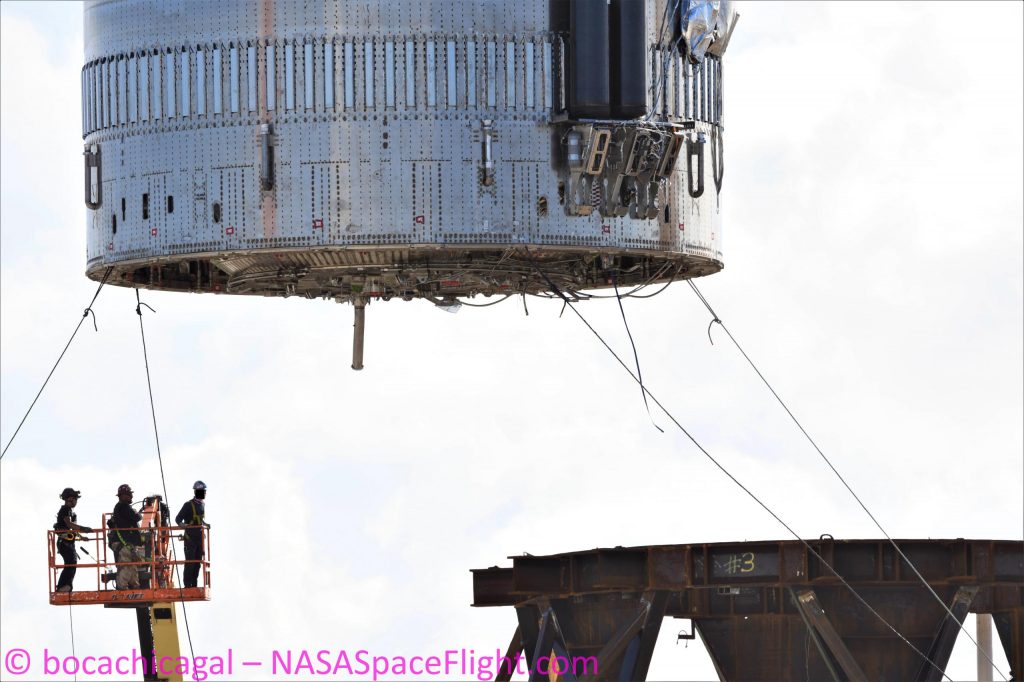
While it’s technically not impossible to build a ground testing Starship prototype that’s capable of a wide variety of tests but never actually used to its full extent, doing so would be well out of character for SpaceX and make little sense in general. As such, it’s not a major surprise that SpaceX has now begun to install Raptor engines on Super Heavy Booster 3. What is surprising is that SpaceX is installing Raptor engines on a first-of-its-kind Super Heavy prototype before any fully integrated booster has completed cryogenic testing.
Based on Starship’s ~18-month test history, there is a real possibility Super Heavy B3 will fail during cryogenic proof testing. Even accepting that SpaceX’s testing processes and expertise have matured dramatically after dozens of Starship tests on the ground and in flight, the chance remains. In other words, SpaceX’s decision to begin installing Raptors on Super Heavy before ensuring structural and mechanical integrity implies some combination of unusual confidence in a prototype as unproven as Booster 3 and a distinct lack of concern at the prospect of losing at least two Raptor engines in a hypothetical test failure.
Knowing SpaceX and CEO Elon Musk’s goals for Raptor, the latter implication isn’t much of a surprise but it’s always interesting to have direct visual evidence that Raptor is, in fact, so cheap to build and easy to install that the minor effort and few days of possible delays required to reduce the risk of losing multiple engines just aren’t worth it.
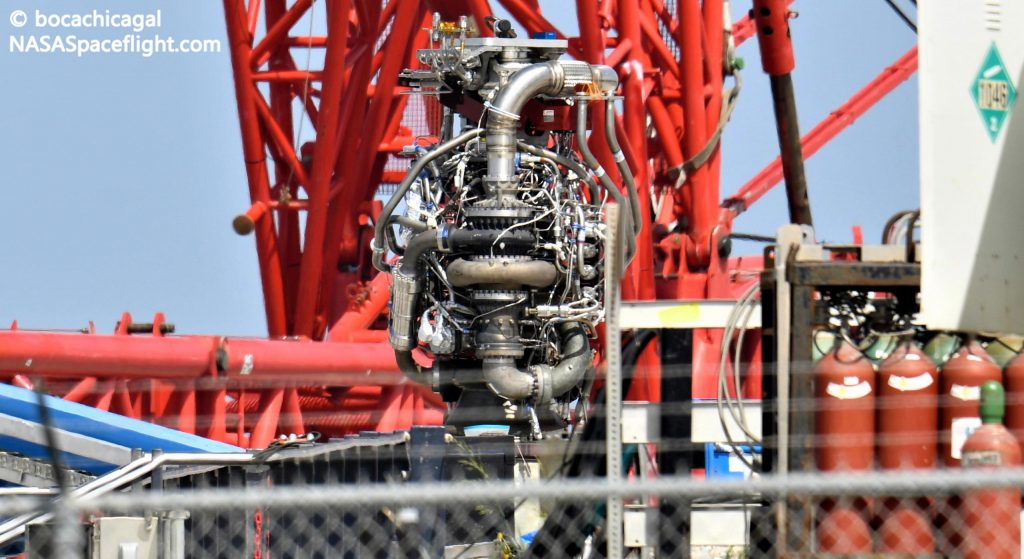
As such, it’s now clear that Super Heavy Booster 3 will have at least one or two Raptor engines installed during its very first cryogenic proof test – currently no earlier than 12pm to 8pm CDT (UTC-5) on Monday, July 12th. Assuming SpaceX’s confidence is well-placed and Booster 3 passes its first cryogenic tests without issue, the real question now is how many Raptors will be installed and ignited during Super Heavy’s first static fire test?
Investor's Corner
Tesla Board member and Airbnb co-founder loads up on TSLA ahead of robotaxi launch
Tesla CEO Elon Musk gave a nod of appreciation for the Tesla Board member’s purchase.

Tesla Board member and Airbnb Co-Founder Joe Gebbia has loaded up on TSLA stock (NASDAQ:TSLA). The Board member’s purchase comes just over a month before Tesla is expected to launch an initial robotaxi service in Austin, Texas.
Tesla CEO Elon Musk gave a nod of appreciation for the Tesla Board member in a post on social media.
The TSLA Purchase
As could be seen in a Form 4 submitted to the United States Securities and Exchange Commission (SEC) on Monday, Gebbia purchased about $1.02 million worth of TSLA stock. This was comprised of 4,000 TSLA shares at an average price of $256.308 per share.
Interestingly enough, Gebbia’s purchase represents the first time an insider has purchased TSLA stock in about five years. CEO Elon Musk, in response to a post on social media platform X about the Tesla Board member’s TSLA purchase, gave a nod of appreciation for Gebbia. “Joe rocks,” Musk wrote in his post on X.
Gebbia has served on Tesla’s Board as an independent director since 2022, and he is also a known friend of Elon Musk. He even joined the Trump Administration’s Department of Government Efficiency (DOGE) to help the government optimize its processes.
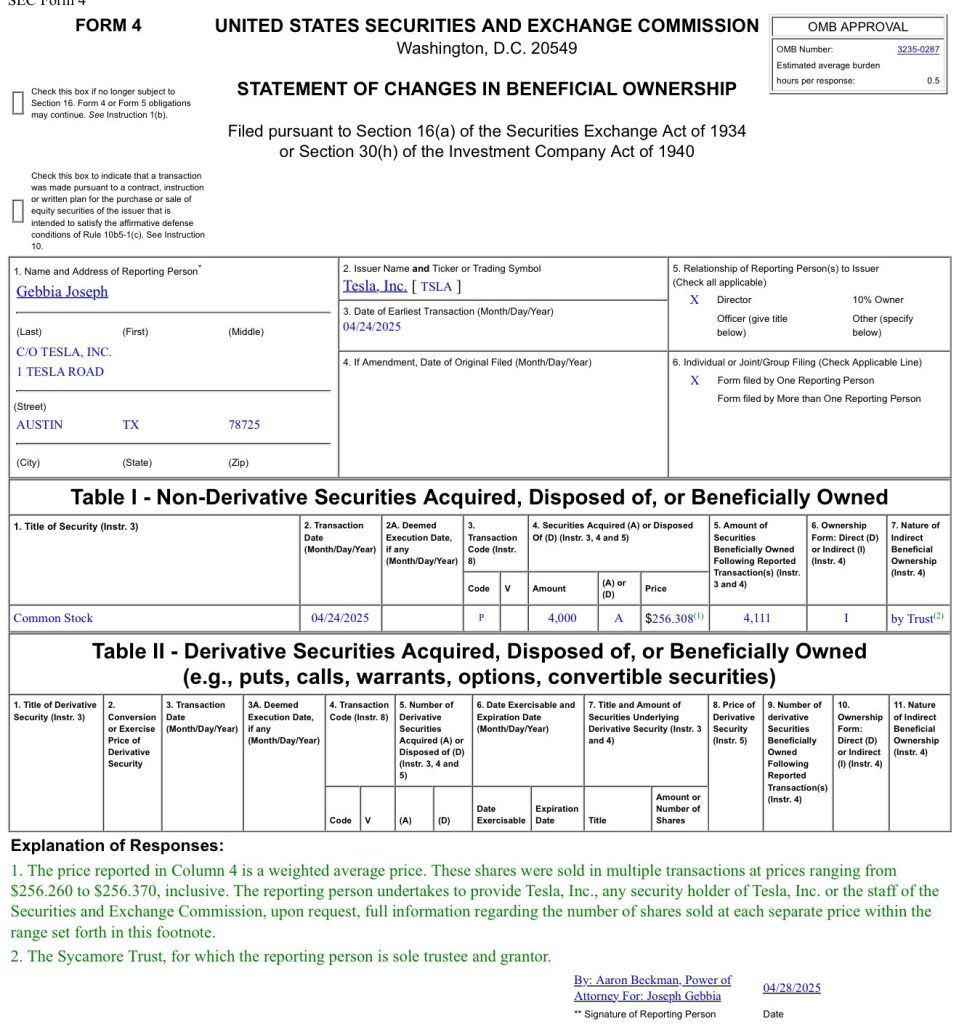
Just a Few Weeks Before Robotaxi
The timing of Gebbia’s TSLA stock purchase is quite interesting as the company is expected to launch a dedicated roboatxi service this June in Austin. A recent report from Insider, citing sources reportedly familiar with the matter, claimed that Tesla currently has 300 test operators driving robotaxis around Austin city streets. The publication’s sources also noted that Tesla has an internal deadline of June 1 for the robotaxi service’s rollout, but even a launch near the end of the month would be impressive.
During the Q1 2025 earnings call, Elon Musk explained that the robotaxi service that would be launched in June will feature autonomous rides in Model Y units. He also noted that the robotaxi service would see an expansion to other cities by the end of 2025. “The Teslas that will be fully autonomous in June in Austin are probably Model Ys. So, that is currently on track to be able to do paid rides fully autonomously in Austin in June and then to be in many other cities in the US by the end of this year,” Musk stated.
News
Stellantis unveils solid-state battery for EVs
Stellantis validated solid state battery cells for EVs: ultra-dense, fast-charging, and AI-optimized. Launching demo fleet by 2026.
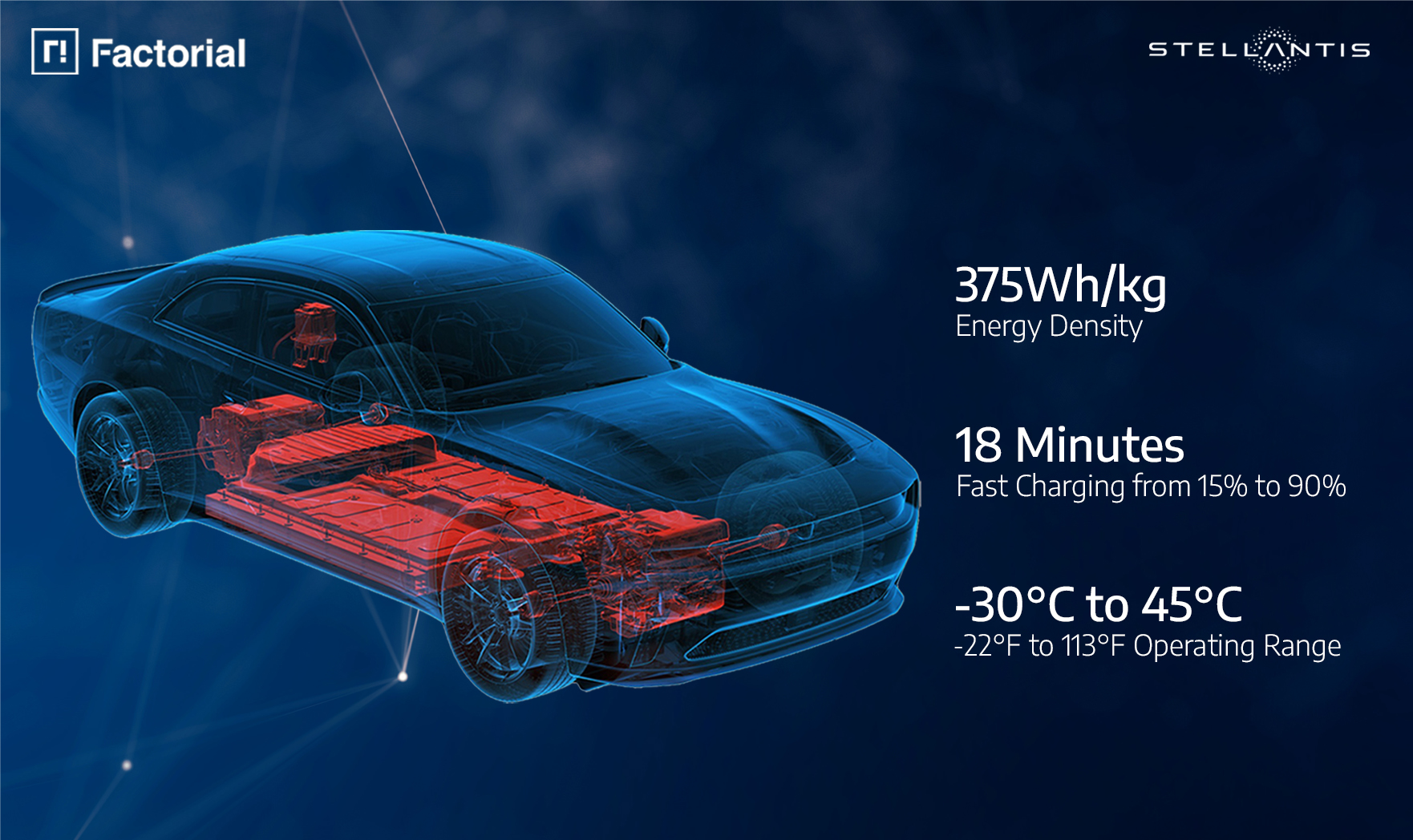
Stellantis N.V. and Factorial Energy have validated Factorial’s automotive-sized FEST® solid-state battery cells, a major milestone for next-generation electric vehicle (EV) batteries. The breakthrough positions Stellantis and Factorial to advance EV performance with lighter, more efficient batteries.
“Reaching this level of performance reflects the strengths of our collaboration with Factorial.
“This breakthrough puts us at the forefront of the solid-state revolution, but we are not stopping there. We continue working together to push the boundaries and deliver even more advanced solutions, bringing us closer to lighter, more efficient batteries that reduce costs for our customers,” said Ned Curic, Stellanti’s Chief Engineering and Technology Officer.
The 77Ah FEST® cells achieved an energy density of 375Wh/kg, supporting over 600 cycles toward automotive qualification. Unlike lithium-ion batteries, these solid-state cells charge from 15% to over 90% in 18 minutes at room temperature and deliver high power with discharge rates up to 4C. Factorial’s AI-driven electrolyte formulation enables performance in temperatures from -30°C to 45°C (-22°F to 113°F), overcoming previous solid-state limitations.
“Battery development is about compromise. While optimizing one feature is simple, balancing high energy density, cycle life, fast charging, and safety in an automotive-sized battery with OEM validation is a breakthrough,” said Siyu Huang, CEO of Factorial Energy. “This achievement with Stellantis is bringing next-generation battery technology from research to reality.”
The collaboration optimizes battery pack design for reduced weight and improved efficiency, enhancing vehicle range and affordability. Stellantis invested $75 million in Factorial in 2021 and plans to integrate these batteries into a demonstration fleet by 2026. This fleet will validate the technology’s real-world performance, a critical step toward commercialization.
The milestone aligns with Stellantis’ push for sustainable EV solutions, leveraging Factorial’s disruptive technology to meet the rising demand for high-performance batteries. As the companies refine pack architecture, the validated cells promise faster charging and greater efficiency, potentially reshaping the EV market. With the demonstration fleet on the horizon, Stellantis and Factorial are poised to lead the solid-state battery push, delivering cost-effective, high-range EVs to consumers.
News
Tesla China vehicle registrations rise 51% in April’s fourth week
In the week ending April 27, Tesla China saw 10,300 new vehicle registrations.

Tesla China’s new vehicle registrations saw a notable rise in the week of April 21-27, 2025. Over the week, the electric vehicle maker’s registrations saw an impressive 51% week-over-week rise, suggesting that domestic vehicle deliveries are on the rise once more.
Tesla China Results
In the week ending April 27, Tesla China saw 10,300 new vehicle registrations. This represents a notable rise from the company’s registration numbers in the past weeks of April. For context, Tesla China saw 3,600 registrations in the week ending April 6, 5,400 registrations in the week ending April 13, and 6,780 registrations in the week ending April 20, 2025.
Considering that April is the first month of the second quarter, expectations were high that Tesla China was allocating Giga Shanghai’s output for vehicle exports. With 10,300 registrations in the week ending April 27, however, it would appear that the company’s domestic deliveries are picking up once more.
Tesla China does not report its weekly sales figures, though a general idea of the company’s overall perforce in the domestic auto sector can be inferred through new vehicle registrations. Fortunately, these registrations are closely tracked by industry watchers, as well as some local automakers like Li Auto.
Tesla Model 3 and Model Y in Focus
Tesla China produces the Model Y and Model 3 in Giga Shanghai. Both vehicles are also exported from China to foreign territories. As per industry watchers, it would appear that both the Model 3 and Model Y saw an increase in registrations in the week ending April 27.
The Model 3, for one, appears to have seen 3,200 registrations in the week ending April 27, a 14% increase from the 2,800 that were registered in the week ending April 20. For context, Tesla China saw just 1,500 new Model 3 registrations in the week ending April 13 and 1,040 registrations in the week ending April 6.
The Model Y, on the other hand, saw 7,100 registrations in the week ending April 27. That’s a 77.5% increase from the 4,000 that were registered in the week ending April 20. Tesla also saw 3,900 registrations in the week ending April 13, and 2,540 registrations in the week ending April 6, 2025.
-
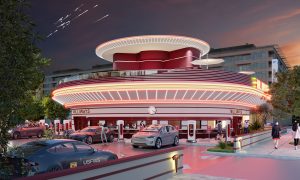
 News1 week ago
News1 week agoTesla’s Hollywood Diner is finally getting close to opening
-
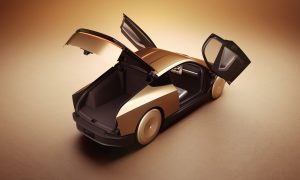
 Elon Musk2 weeks ago
Elon Musk2 weeks agoTesla doubles down on Robotaxi launch date, putting a big bet on its timeline
-
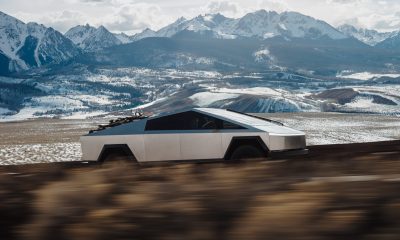
 News4 days ago
News4 days agoTesla is trying to make a statement with its Q2 delivery numbers
-
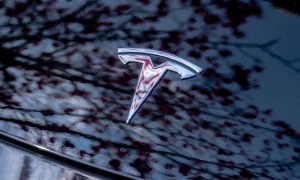
 News2 weeks ago
News2 weeks agoTesla’s top investor questions ahead of the Q1 2025 earnings call
-

 News2 weeks ago
News2 weeks agoUnderrated Tesla safety feature recognized by China Automotive Research Institute
-

 News2 weeks ago
News2 weeks agoTesla reveals its Q1 Supercharger voting winners, opens next round
-
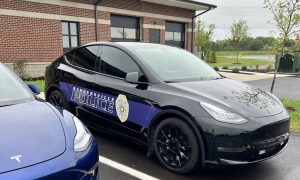
 News2 weeks ago
News2 weeks agoTesla police fleet saves nearly half a million in upkeep and repair costs
-
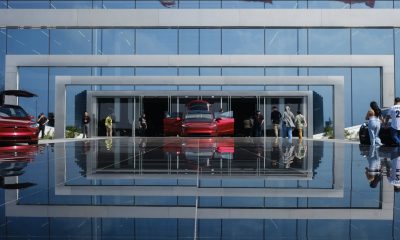
 Investor's Corner7 days ago
Investor's Corner7 days agoLIVE BLOG: Tesla (TSLA) Q1 2025 Company Update and earnings call



